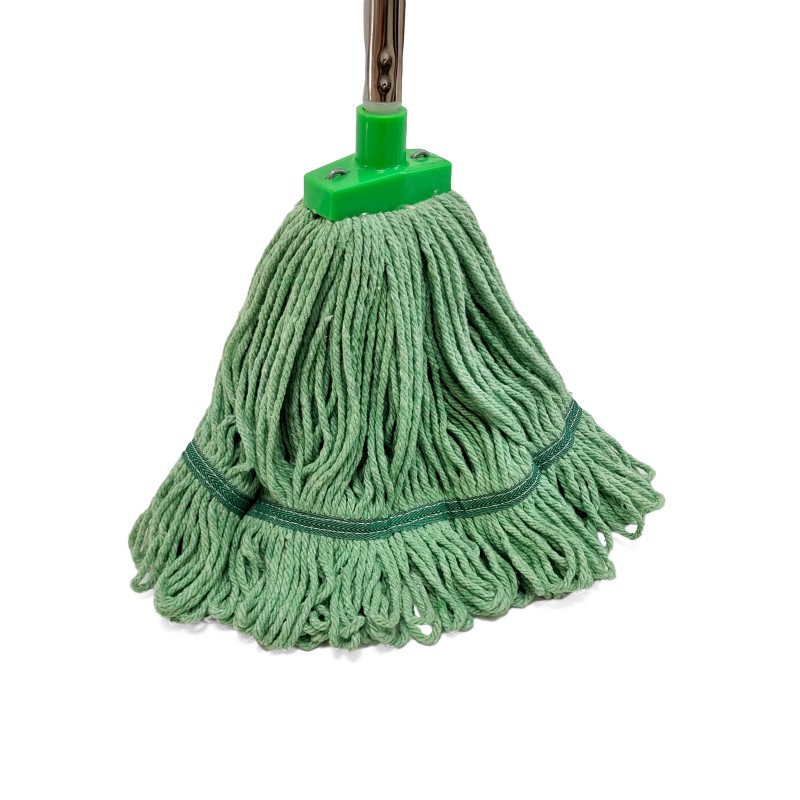How to Choose the Right Heavy-Duty Mop Head for Industrial Cleaning
2025-04-25
In industrial environments where cleanliness directly affects safety and productivity, the quality of your cleaning tools matters—especially mop heads. Replacing mop heads may seem like a minor task, but choosing the right type can significantly impact efficiency, hygiene standards, and operational costs.
1. Material Matters: Cotton vs Microfibre
Two of the most common materials used in heavy-duty mop heads are cotton and microfibre. Both bring unique benefits:
· Cotton Mop Heads
Cotton is a tried-and-true material known for its durability and high absorbency. It’s ideal for tough cleaning tasks and can handle frequent washing and heavy use, making it perfect for warehouses, factories, and other high-traffic spaces.
· Microfibre Mop Heads
Microfibre is more modern and highly effective for precision cleaning. It can absorb up to seven times its weight in water, allowing for quicker drying times and better control of cleaning fluids. It’s also machine-washable and maintains performance through hundreds of cleaning cycles.
2. Design: Loop-End vs Flat-End
The design of a mop head plays a major role in both performance and durability.
· Loop-End Mops
These are engineered for heavy-duty applications. The looped design reduces fraying and tangling, increasing the mop’s lifespan. They’re resistant to abrasion and provide broad floor coverage, making them a favorite in industrial settings.
· Flat or Cut-End Mops
These offer more precise control, especially for spot cleaning or detailed areas. However, they tend to wear out faster and are best suited for lighter tasks.
3. Water Absorbency and Performance
Industrial spaces require mop heads with high water-holding capacity. Whether you’re cleaning a spill in a warehouse or maintaining a large production floor, the mop must be able to retain cleaning fluid efficiently. Both cotton and microfibre perform well here, with microfibre generally having the edge in absorption and speed.
4. Built for Durability
In harsh environments where floors take a beating, your mop head should be built to last. Look for options designed to withstand high-frequency washing, harsh chemicals, and rough surfaces. This durability reduces replacement frequency and keeps operational costs low.
5. Compatibility is Key
Always ensure the replacement mop heads are compatible with your existing handles and wringer systems. A mismatch can slow down your cleaning crew and lead to inefficient results.
A high-quality industrial mop head is an investment in your facility’s cleanliness, safety, and efficiency. By selecting the right material, design, and compatibility, you can ensure long-term performance with fewer replacements and less hassle.



